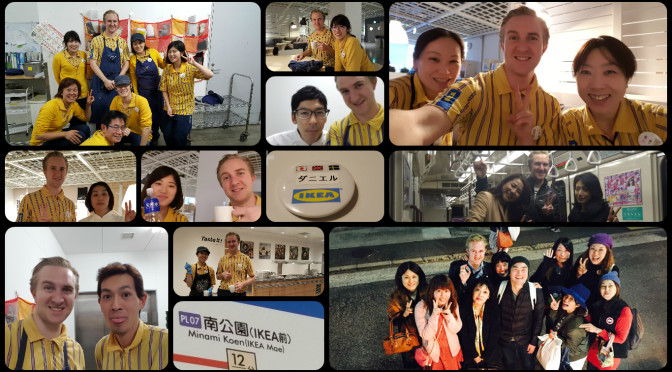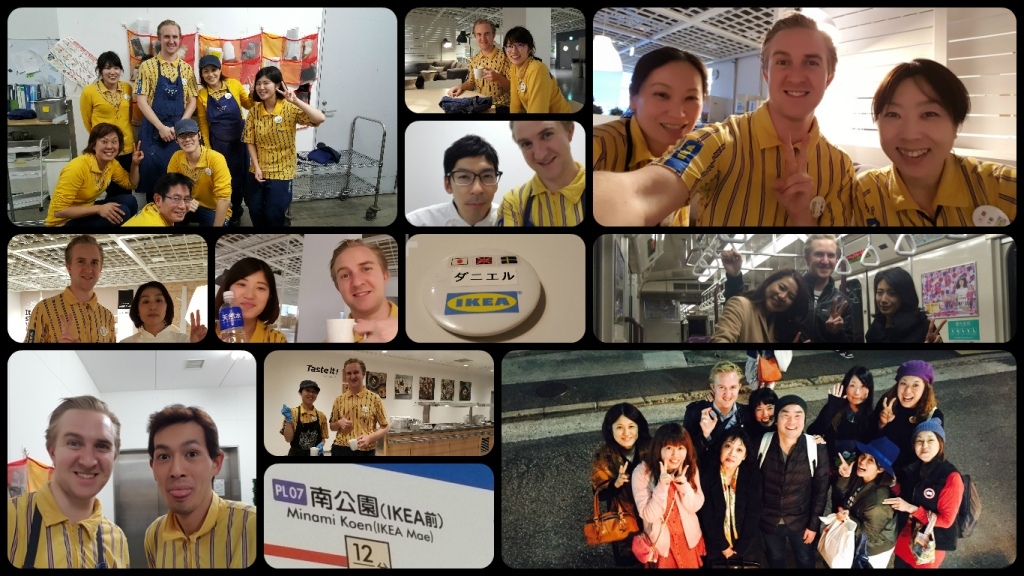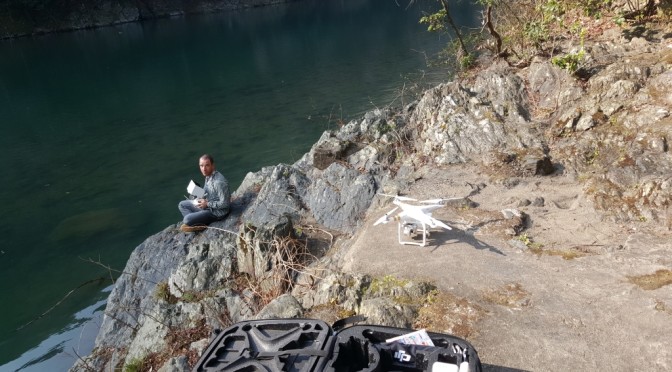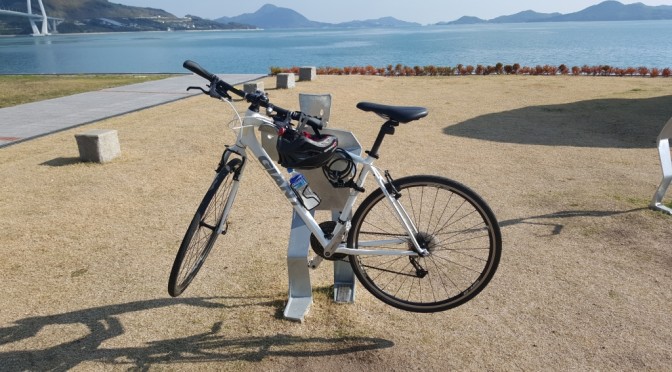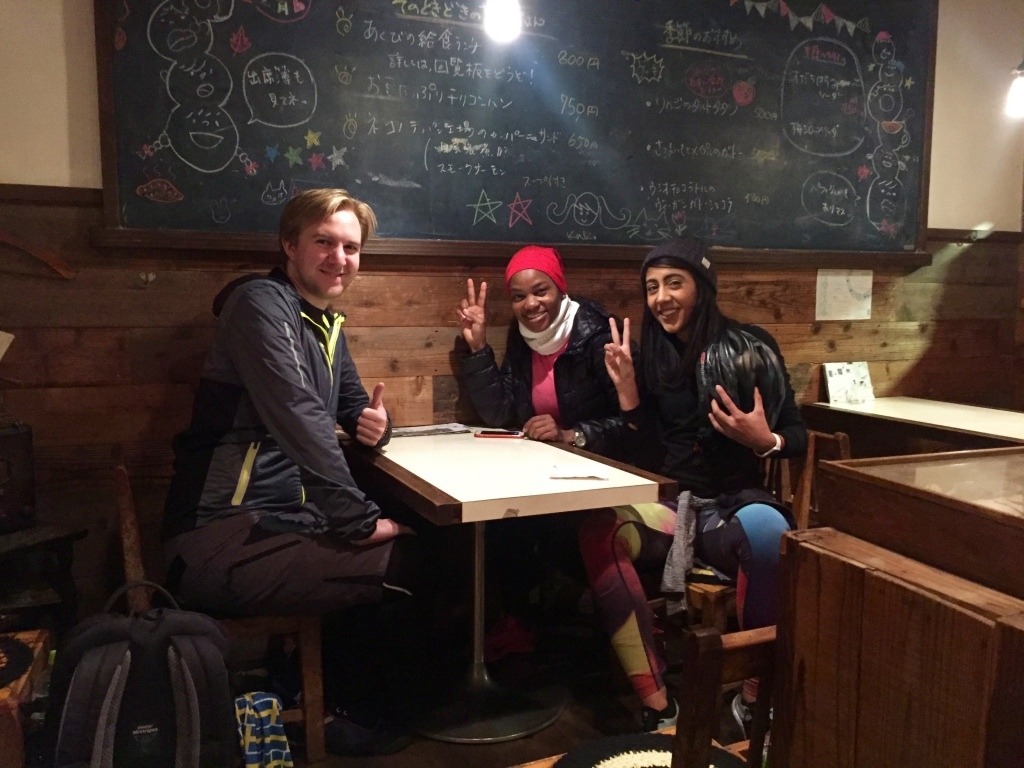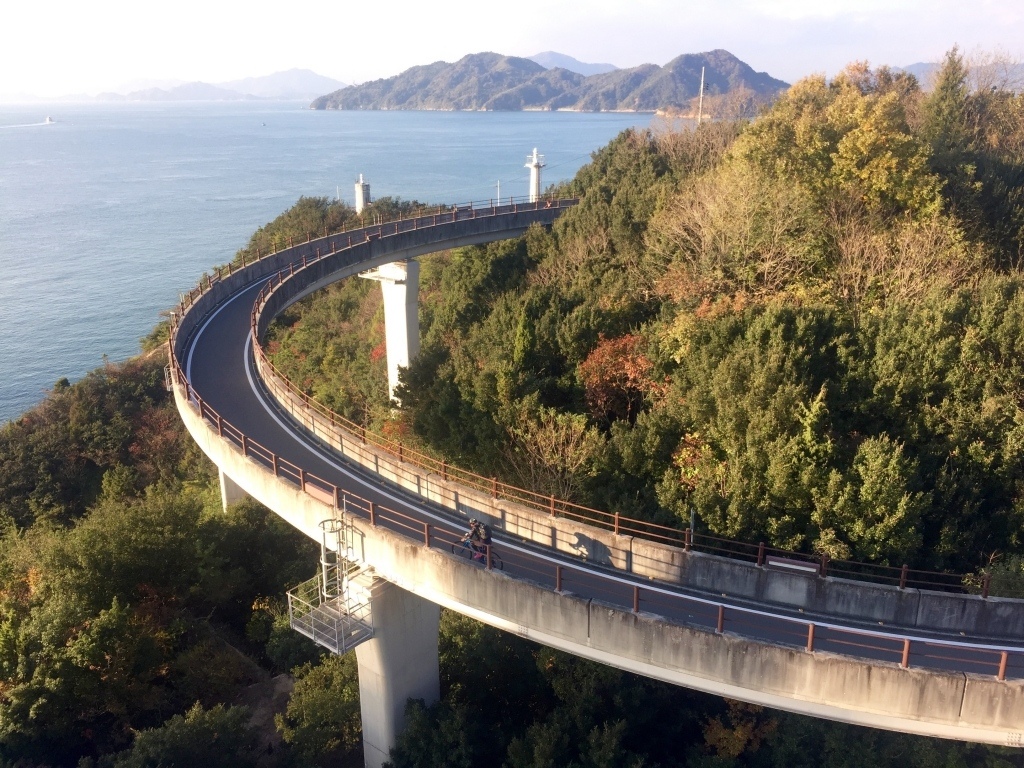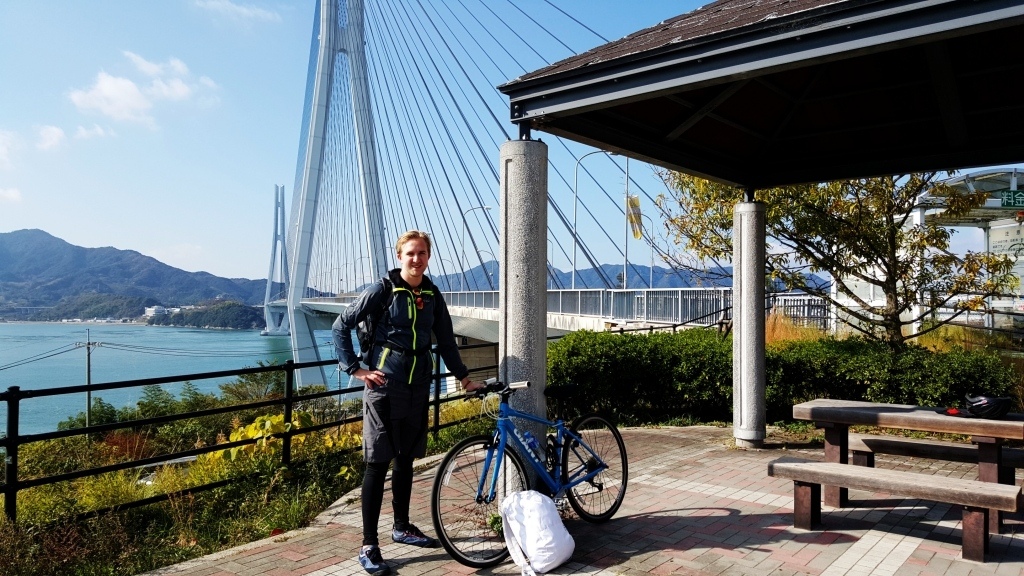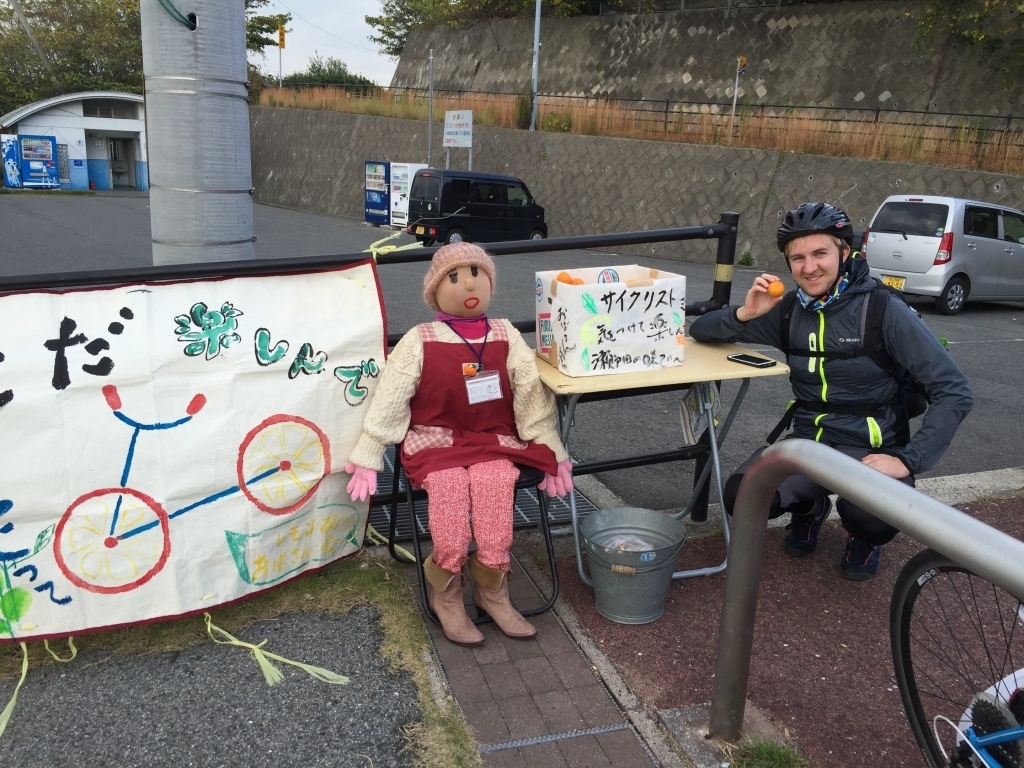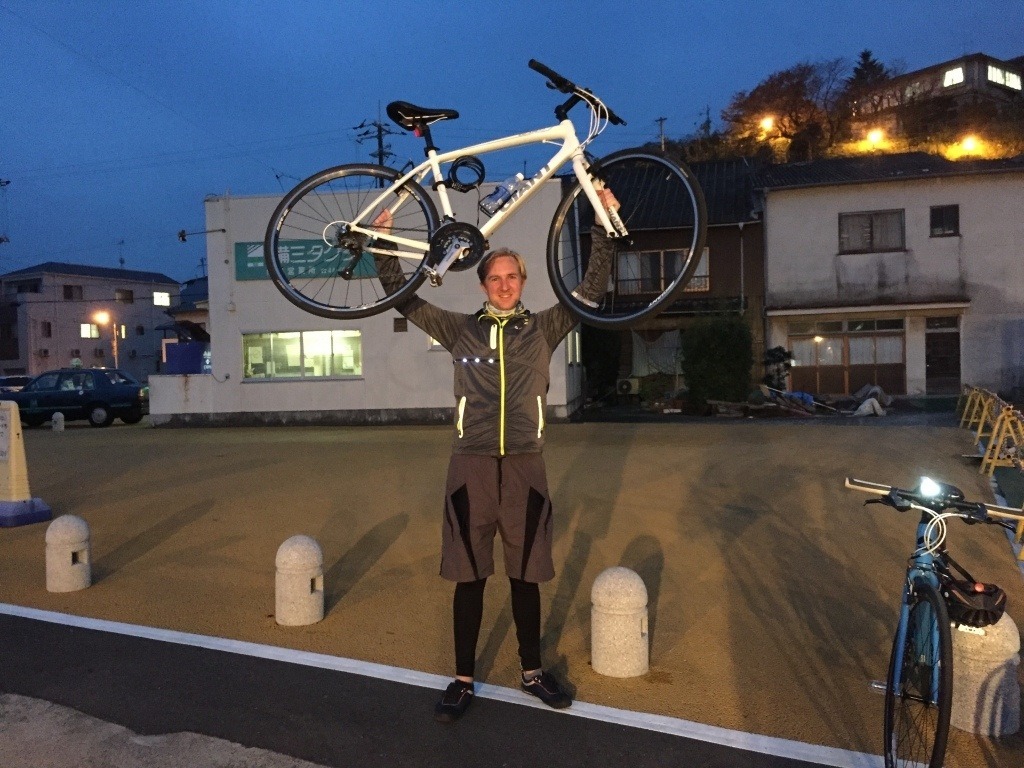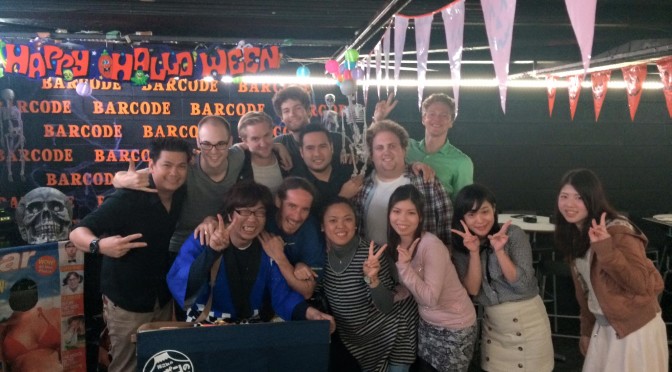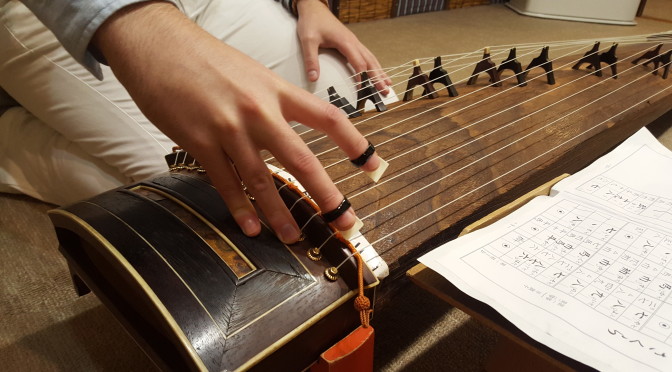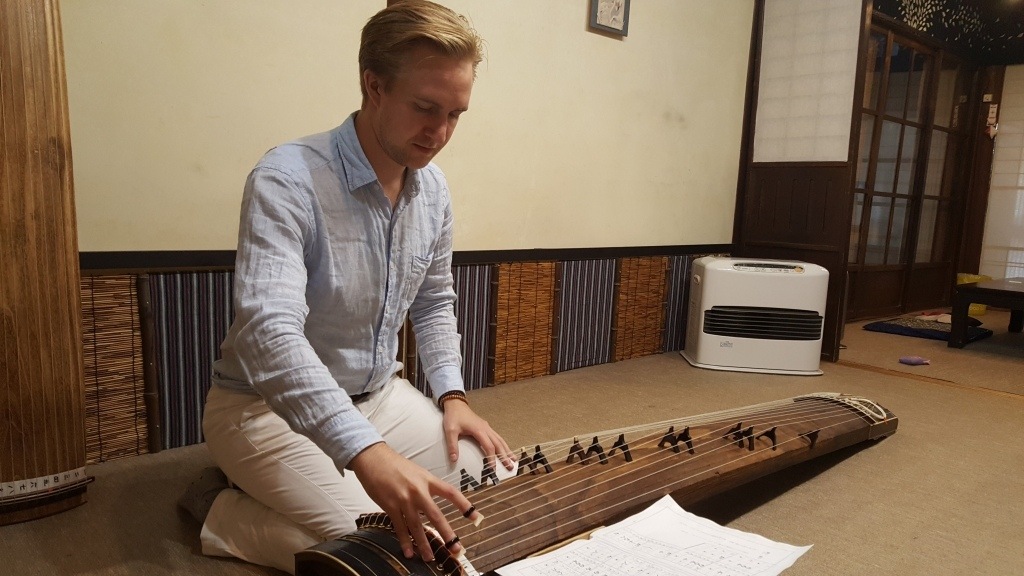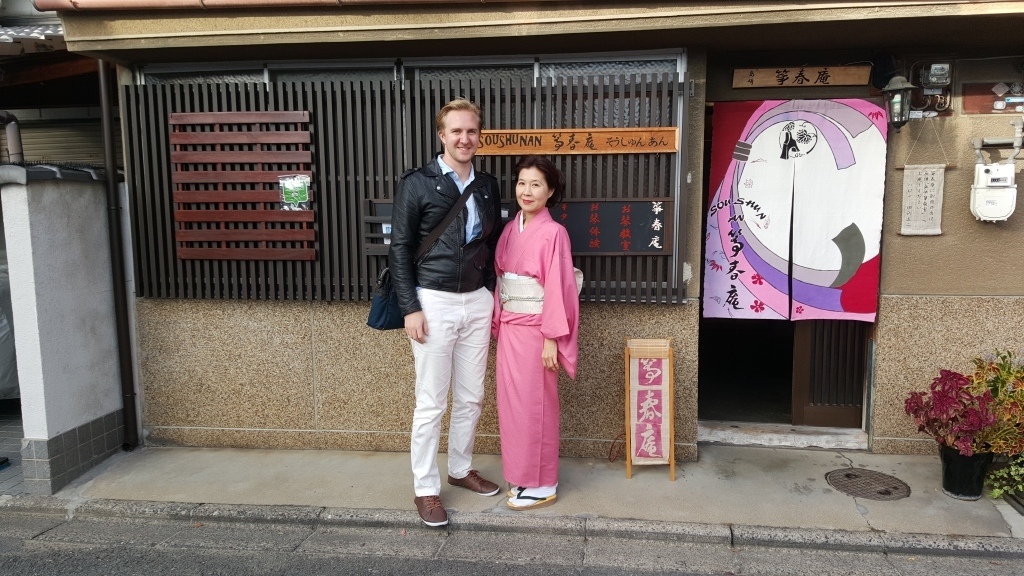“All good things must come to an end”, or so the saying goes. I started working at IKEA Kobe at the end of 2014 and just finished my last shift a few days ago.
In hindsight, I have learned many lessons. I put myself in a situation where I was forced to use daily conversational Japanese in the workplace. Additionally, I improved my keigo (polite Japanese) ability in order to provide better customer service. Working a part-time job in Japan, and especially in retail, requires you to use Japanese to communicate with both co-workers and customers.
There were many things that surprised me about Japanese customers. At IKEA Kobe, for example, oftentimes customers would bring us a small amount of change that someone forgot or dropped somewhere. That is something I have never seen (not can I imagine happening) in Sweden.
I’ve also been called many nicknames by customers: mostly “Gaijin!” or “Mite Gaikokujin da!”, “Amerika-jin”, “Eigo no hito“, “Aa marufoi da!“. Or in the case of co-workers: “Danieru”, “‘Danieru-san”, “Danieru-kun”, “Dani-chan”.
What surprised me the most was the following experience. On my last day at work, I realized that I had become somewhat more Japanese compared to when I first started working there more than a year ago. In Sweden, customers are King; but in Japan, customers are God.
In this small island country, a salesperson will do EVERYTHING for you. Even when paying with a credit card, you have to give it to the salesperson, who will swipe it for you and do the whole process for you except when entering your PIN code.
It was weird for me the first time, but now my feelings have changed after working in Japanese retail for a year. A few days ago, there was a fight between a foreign customer and me over the credit card machine. I tried to take her card and swipe it, as I have done in the past, but she didn’t let me do it. She wanted to do it by herself. She was so fast. At that moment, I thought to myself,“God damn it! What are you doing?”. However, I remember doing the exact same thing as a customer one year ago, and the realization of how “Japanese” I have become shocked me.
That being said, I’ve made some good friends, and I will never forget my time at KEA Kobe!
すべての良いものは終わりがくることが必要です、そういうことわざですね。2014年の末にイケア神戸に入社して、先日、最後のシフトを終了しました。
後から考えると、私は多くのレッスンを学びました。日本語の日常会話を使用するように強制した状況に自分自信を置きました。それに加えて、もっともよい顧客関係を一歩一歩築くために敬語も身に着けました。日本でアルバイトをする際、特に小売り業でじゃ、同僚にもお客様にも日本語を使わないといけないことです。
日本人のお客様はびっくりすることが多いです。例えば、店舗では、ほとんどのお客様が、誰かが忘れた細かいおつりを私たちに持ってきます。それはスウェーデンではありえないです。信じられないことです。
私はお客様に色々な名前でお呼ばれされます。例えば;”外人!”、”見て外国人だ!”、”アメリカ人”、”英語の人”、”ああマルフォイだ!”。また同僚には”ダニエル”、”ダニエルさん”、”ダニエル君”、”ダニちゃん!”と呼ばれていました。
一番驚いたことについて今からここに書きます。イケアでの最終出勤日には、一年前と比べると、ちょっとだけもっと日本人になったかもしれないと感じました。スウェーデンではお客様は王様やけど、日本の場合は、神様です。
この小さな島国は、店員さんはお客様に、よくおもてなしをします。クレジットカードを使うときでさえも、店員さんにカードを渡し、店員さんがスワイプします。暗証番号入力以外、全部のプロセスをしてあげます。
初めての時は変な感じやけど、今は、日本で1年半過ごし私の中で何かが変わりました。この前、外国人の客様とクレジットカードの機械のとりあいがありました。私はいつもするようにそのお客様のカードを取るつもりが、彼女は私にそうさせませんでした。とても防衛的で速かったです。そのときは、”しくしょ!なにしてんねん!と考えました。しかしながら、一年前は私は全く同じ考えだったことに気づき、とてもびっくりしました!
そうは言っても、仲間を作ったこと、イケア神戸のことは忘れません。
